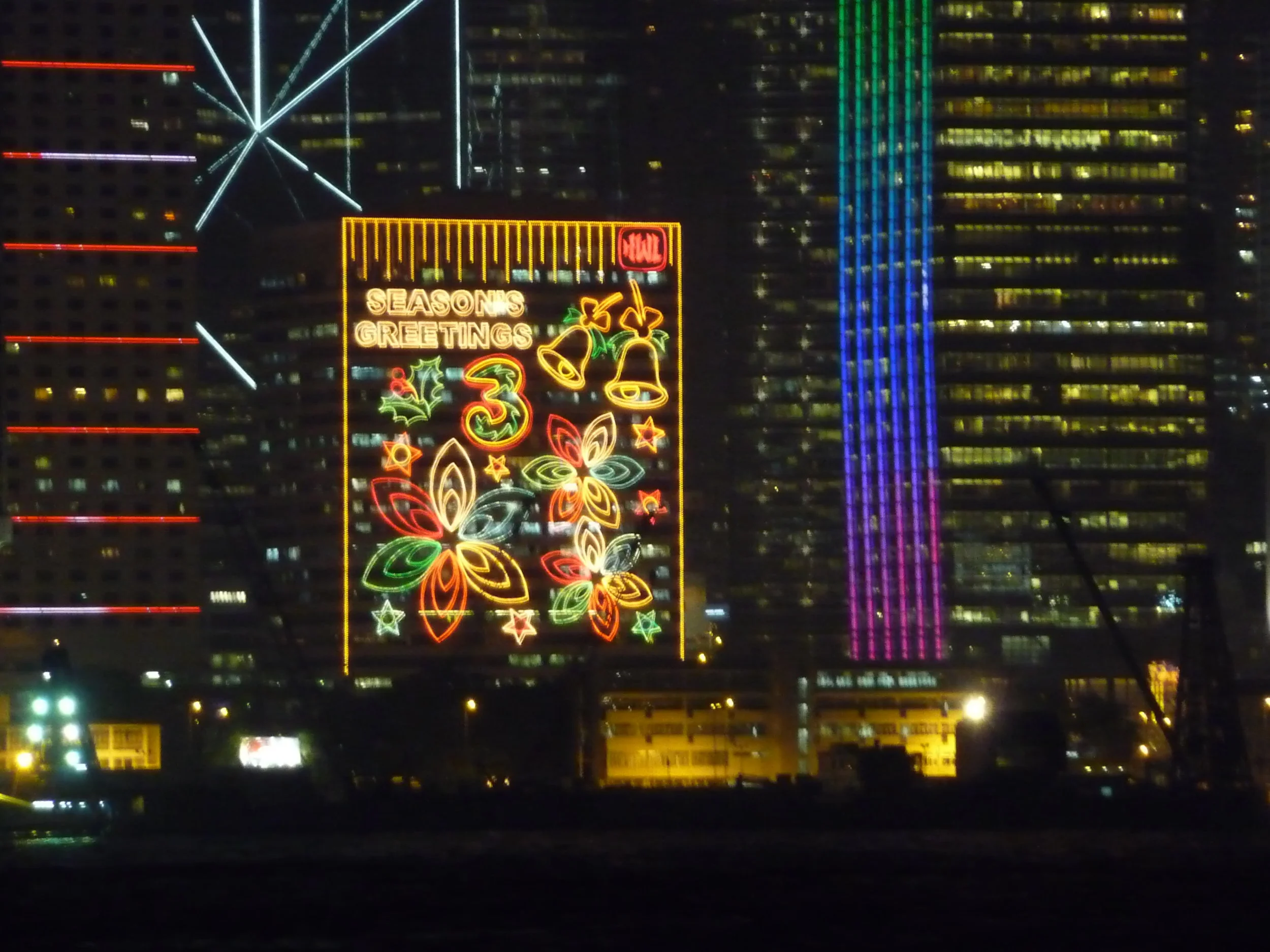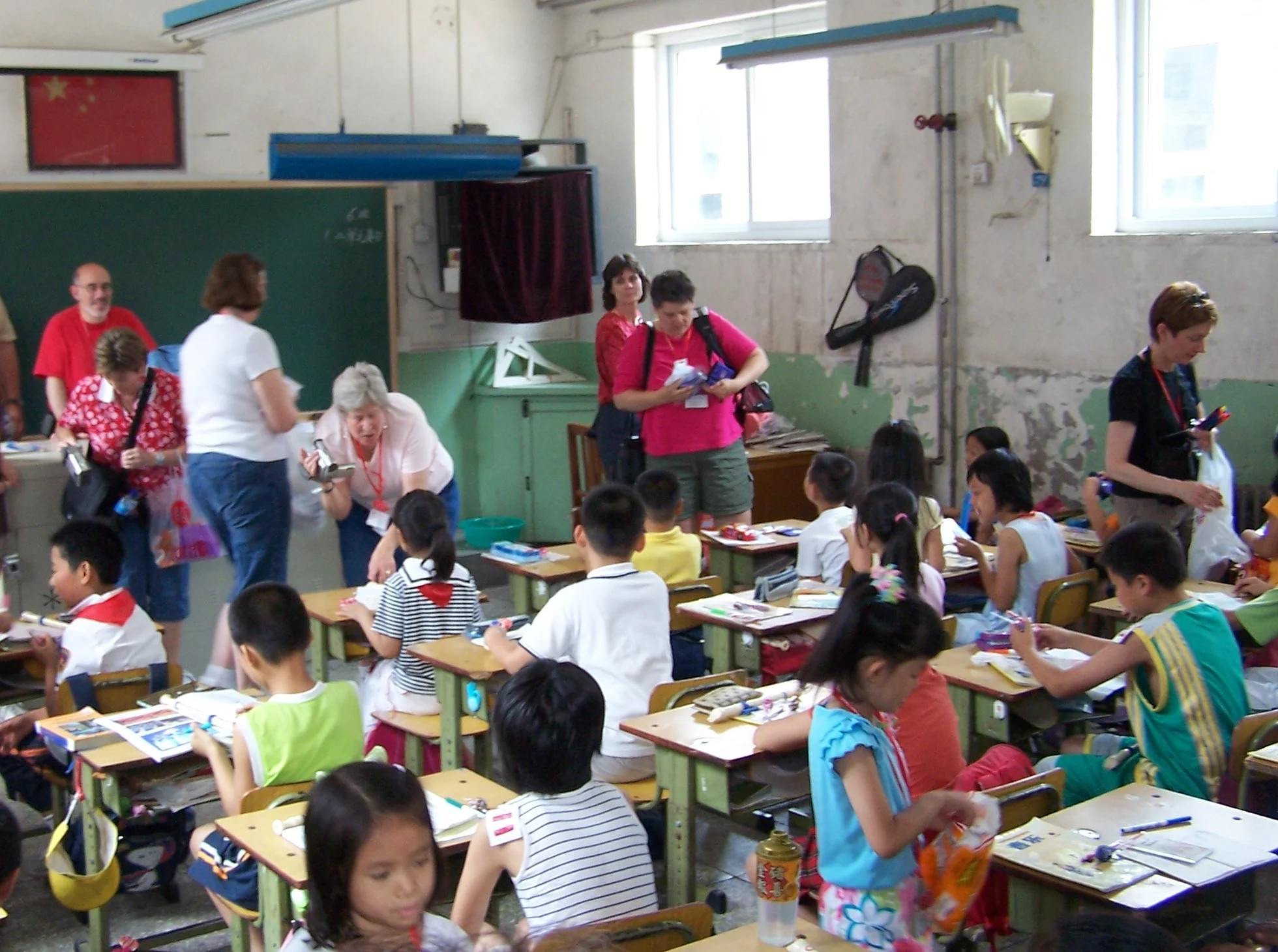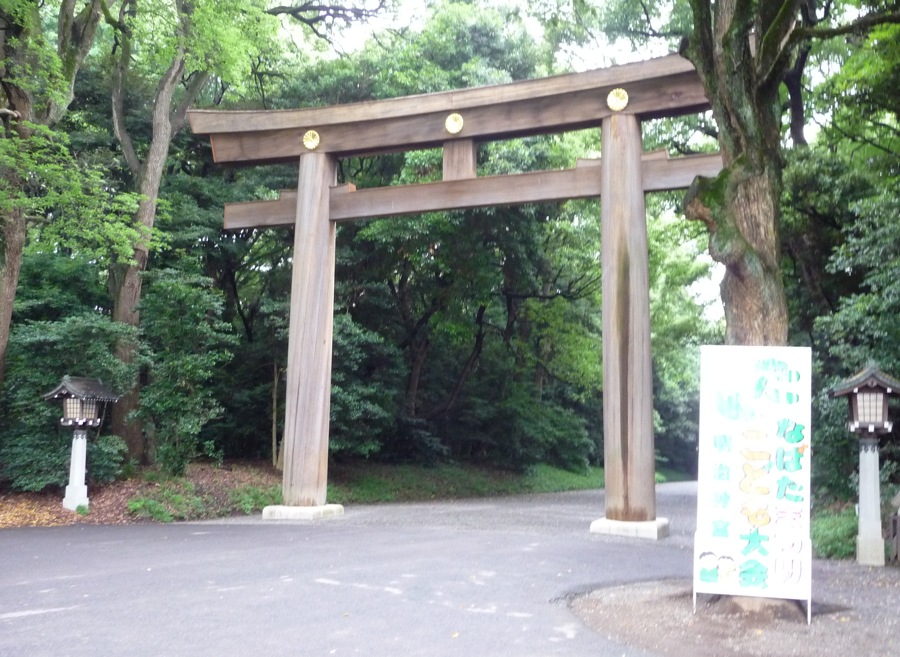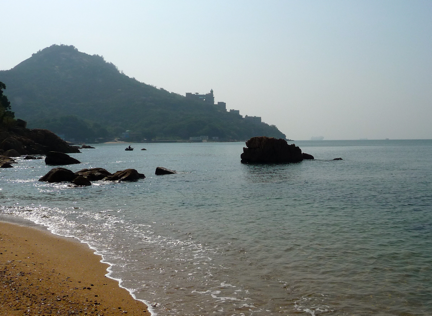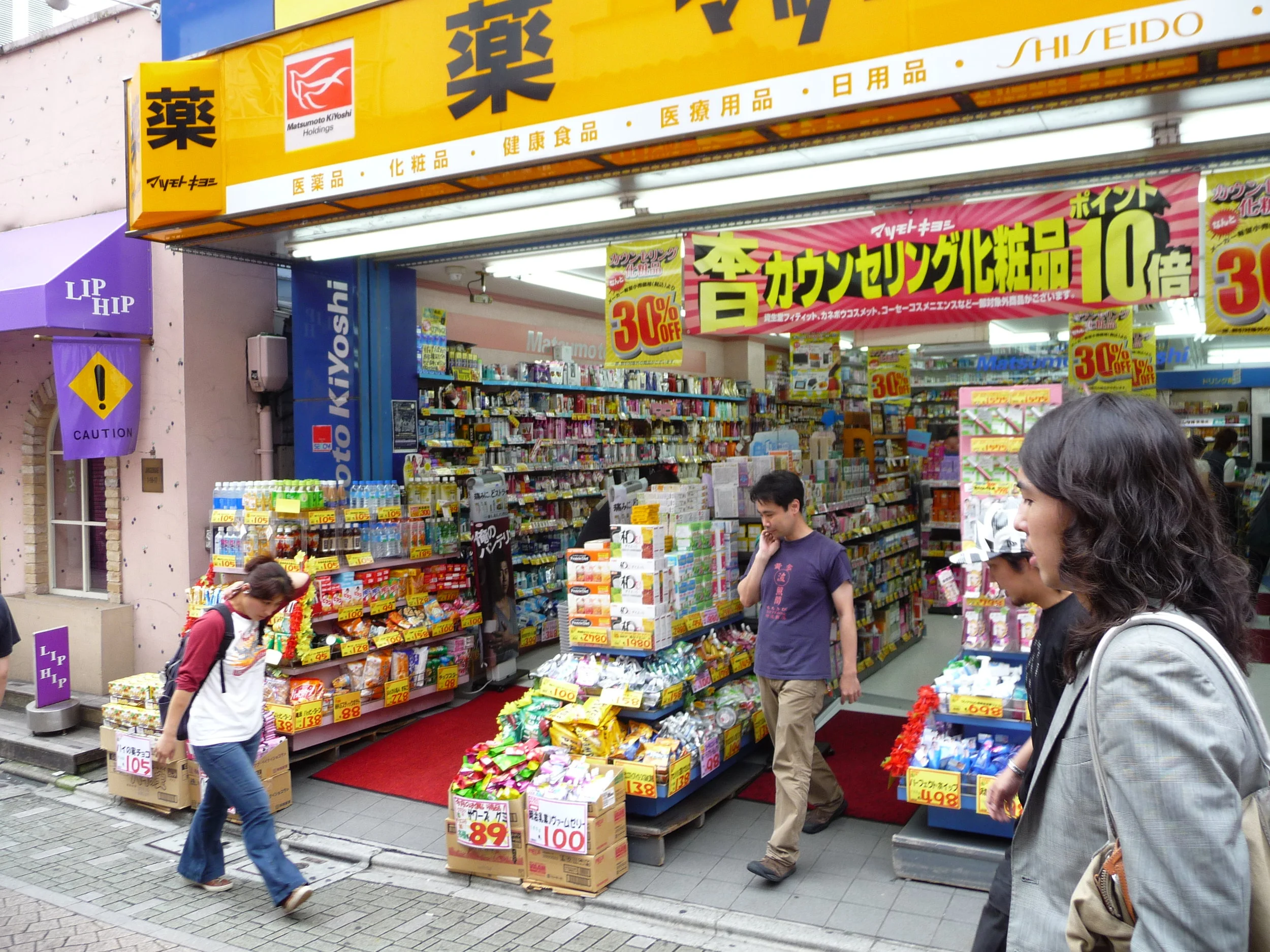Tokyo - Harajuku
/The entry arch to Takeshita Dori, Harajuku's main shopping arcade. For holidays and festivals this gate is often extravagantly decorated.
Where: Tokyo’s central-western neighborhood of Harajuku
When: July 2009
If you want to look at what your kids will be wearing in five years, this is the place to go. Harajuku is a district known worldwide for being at the knife’s edge of youth fashion, and its ever-changing ecosystem of small boutiques, used-clothing stores, design studios, micro-factories, and nearby arts universities make it an always-running experiment / reality show / competition.
The streets and shops are meant not just for shopping but also for showing off and socializing – photography websites such as TokyoFashion.com, HARAJUKU STYLE, and Japanese Streets keep record of who is wearing what, making stars of designers and models in a democratic, crowd-sourced way – anyone can start a trend with a fresh or recycled look, and they often do!
Didn't realize I'd taken a picture of the "no pictures" signs until much later...
We arrived at lunchtime on a weekday – but for the most intense experience, come after school on a weekday, or on Saturday afternoons, when high schoolers and college students have free time.
How to get there
Harajuku’s iconic station on the Japan Railways “Yamanote” ring line around Tokyo, as shown in the photos above, is the front door to the neighborhood, with easy access from Shibuya, Shinjuku, Ikebukuro, and other suburban hotel hubs.
On the Tokyo Metro, the Meiji-Jingumae station is served by the (green) Chiyoda Line and the (brown) Fukutoshin Line. Those lines don’t link up to major hotel centers so you’d need to connect at an upstream station – or you could get off at the Omotesando station about 10 minutes’ walk away, as that is served by the (orange) Ginza Line and (purple) Hanzomon Line – both of which link to hotel centers like Akasaka-mitsuke, Shimbashi, and of course Ginza.
If you’re in Shibuya, and the weather’s nice, you might as well walk north half a mile on Meiji Dori: that’s how close these districts are.
Nearby accommodation and activities
Immediately south of Harajuku is the high-end shopping street of Omotesando, with fancy shopping malls and boutiques (and also the very kid-friendly Kiddy Land toy store!)
Just across the Yamanote Line train tracks is the vast forest shrine of Meiji Jingu, perfect for several hours’ stroll and perhaps a picnic lunch.
Virtually any neighborhood in central, northern, southern, or western Tokyo is going to have excellent Metro and rail links – so with a stored-value Suica Card, the city is yours to explore from a vast selection of hotels.
The big Western hotel chains have had a difficult time expanding in Tokyo because the railroad lines that essentially rebuilt the city after WWII owned much of the land around their stations, and to make those stations productive, they also built the department stores and hotel chains in prime locations. In western Tokyo, that would be the Tokyu company… Japanese hotels are mainly set up for Japanese business travelers, but with that heads-up, here are some west-side suggestions:
Hotel Century Southern Tower in Shinjuku
Shibuya Excel Hotel Tokyu
Tokyu Stay Shibuya
There’s also a pair of Courtyard by Marriott worth considering, as that brand does well by family-travelers:
Courtyard Tokyo Ginza
Courtyard Tokyo Station
Other links
Our Pinterest folder for Tokyo



